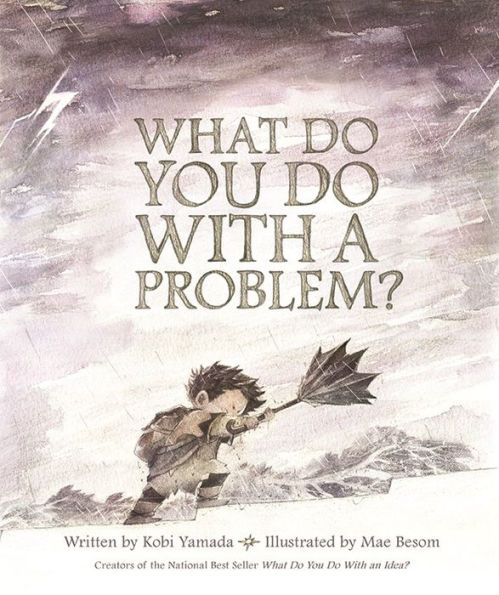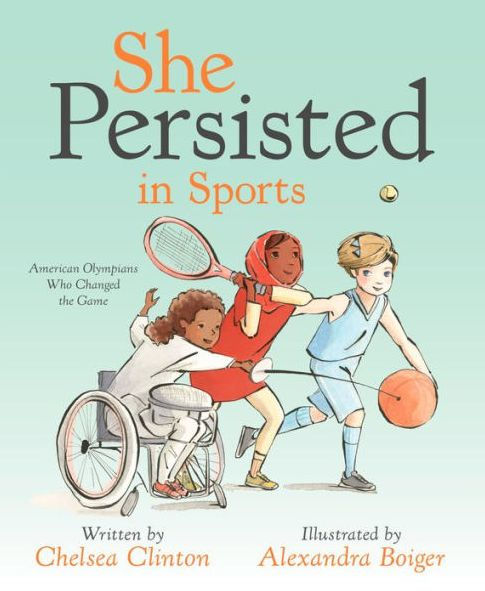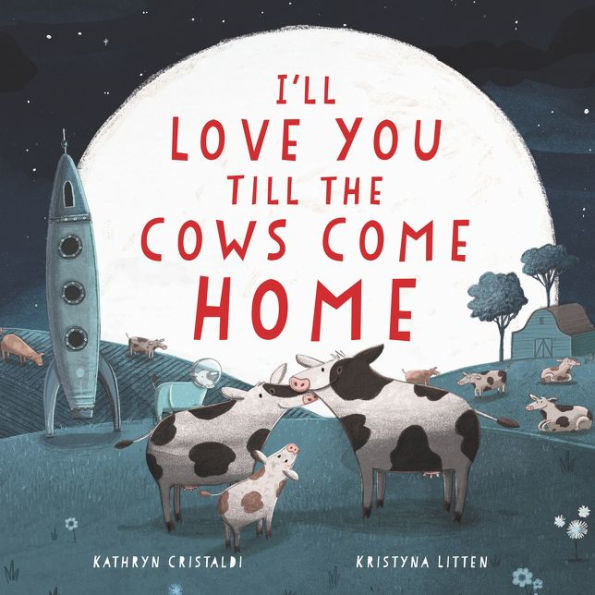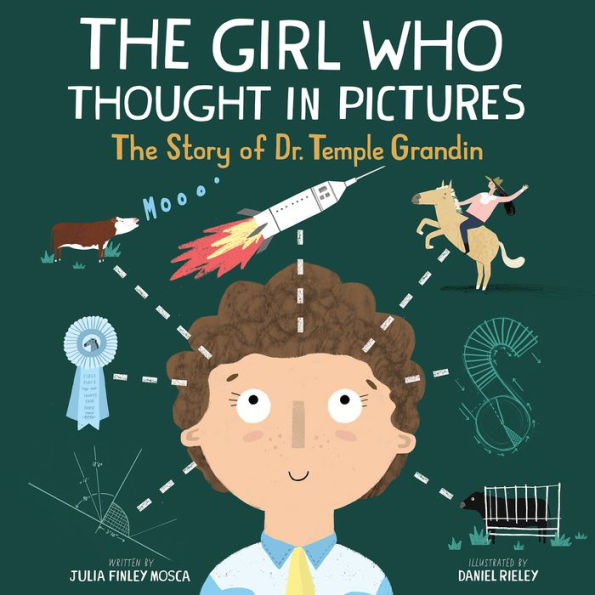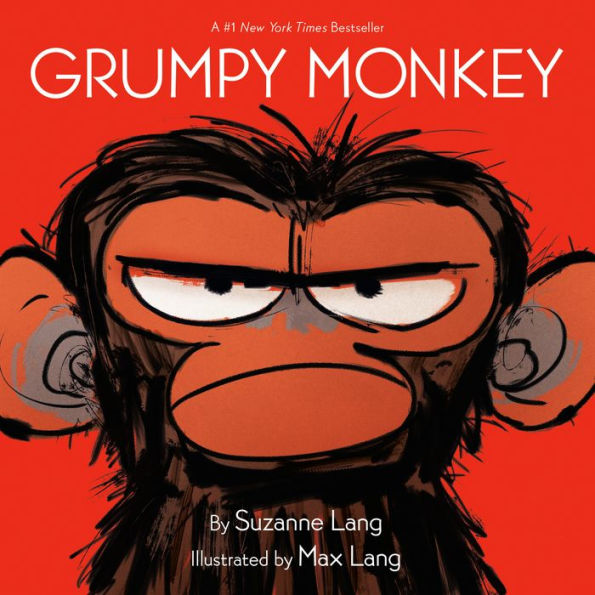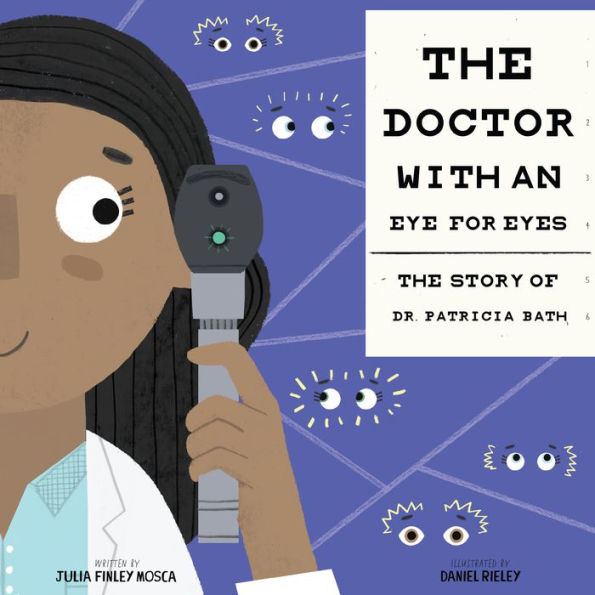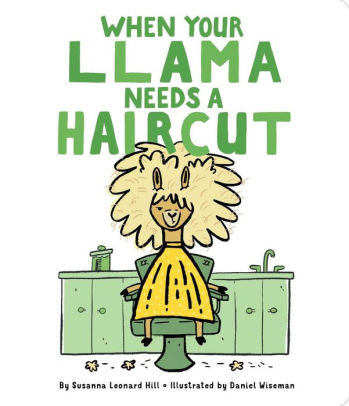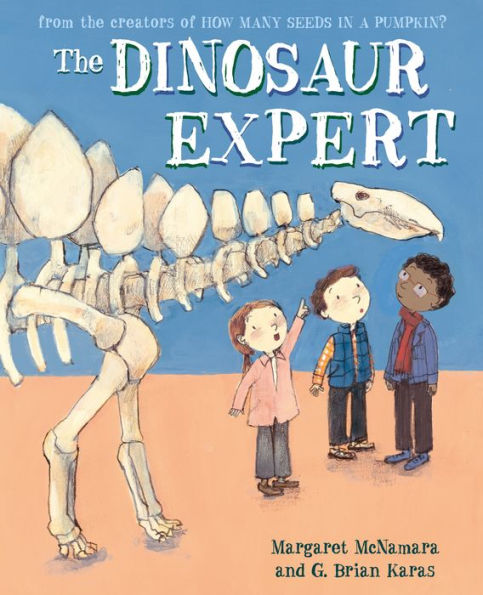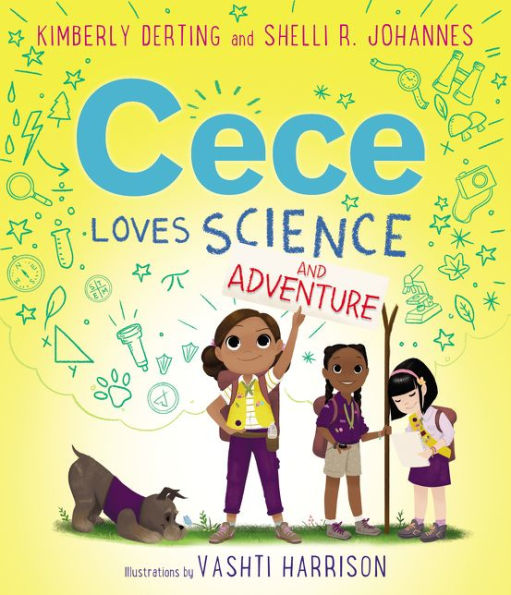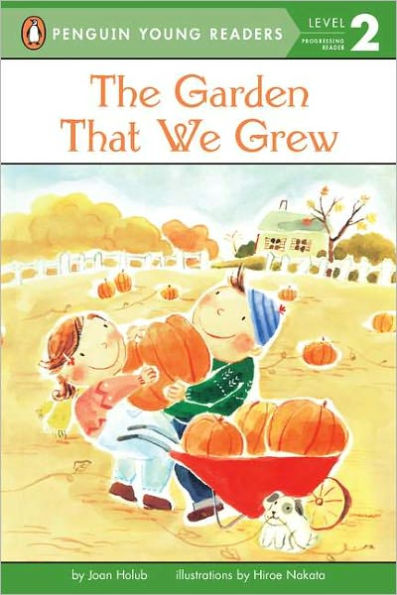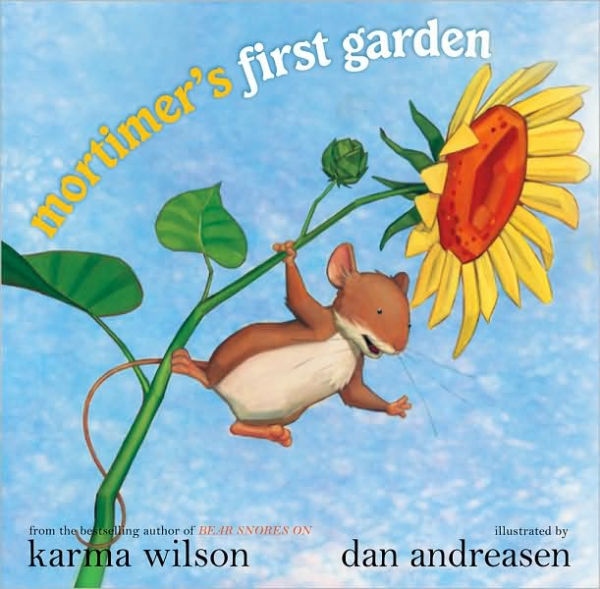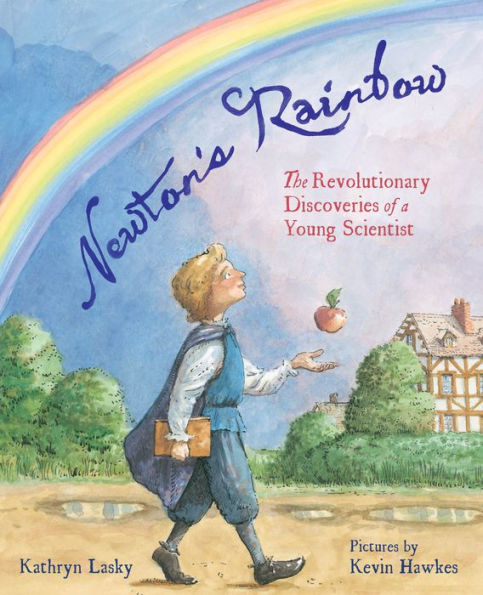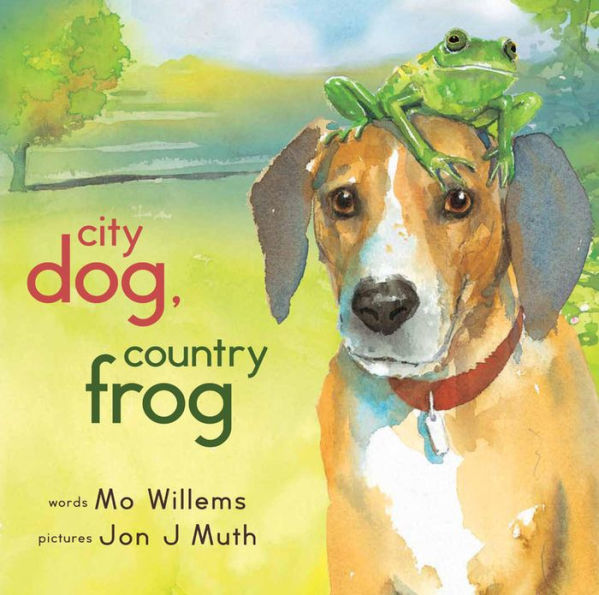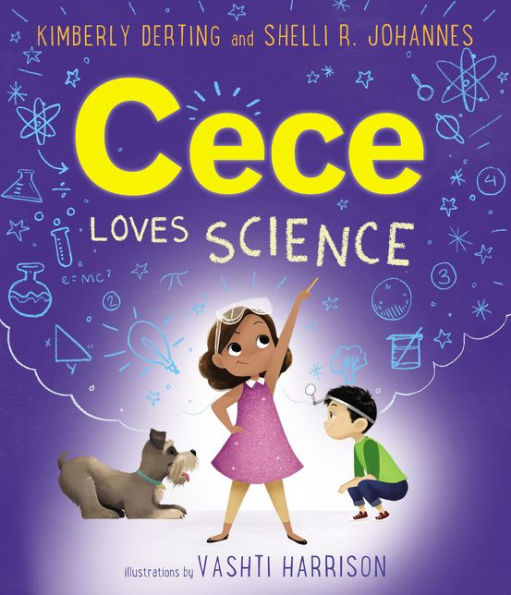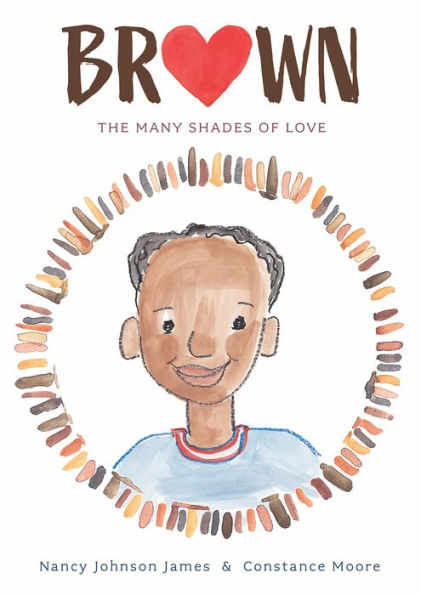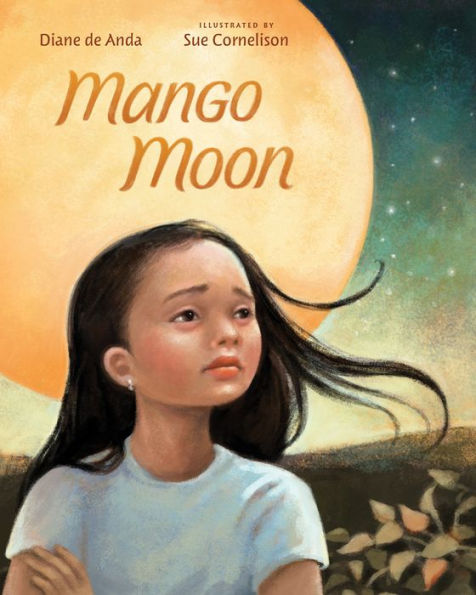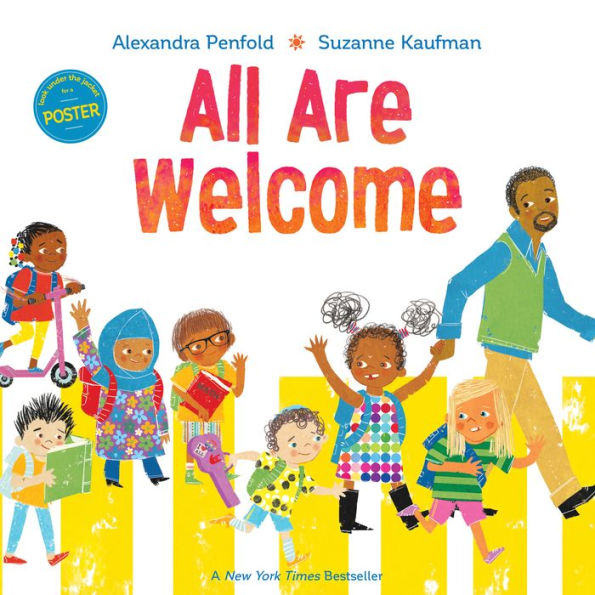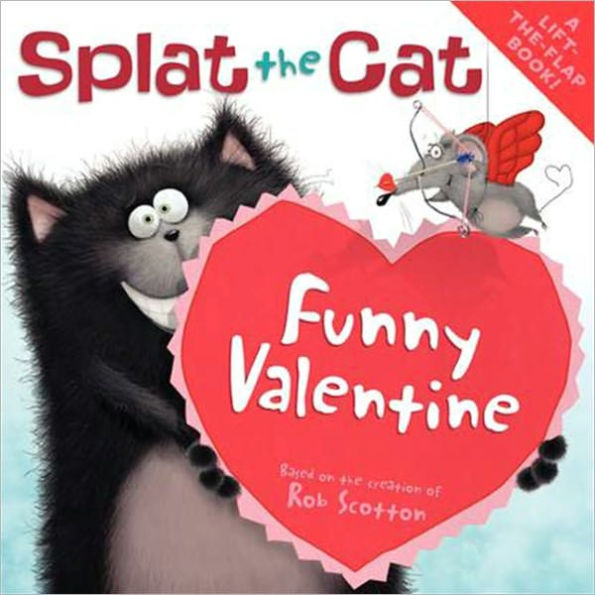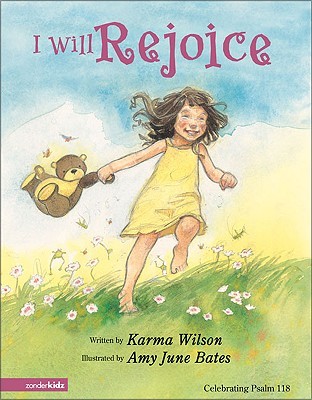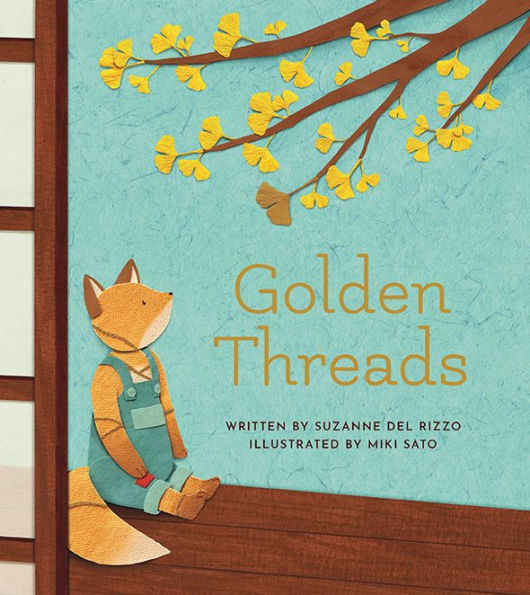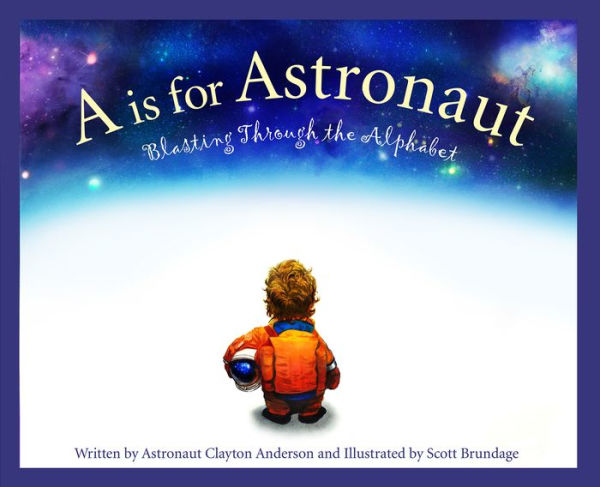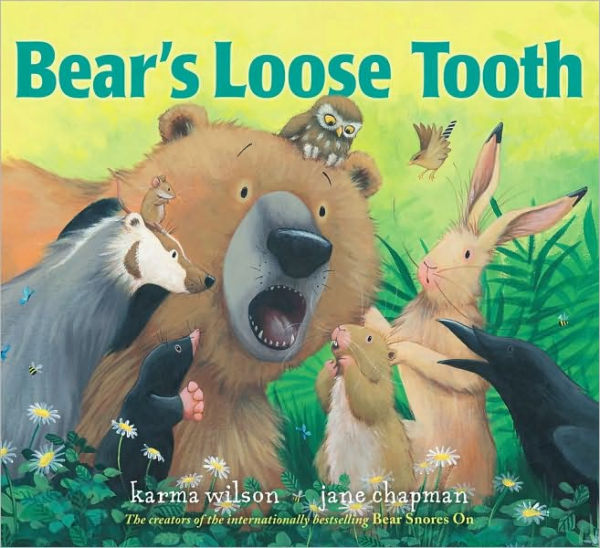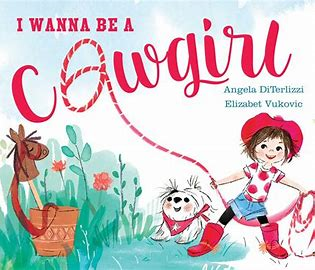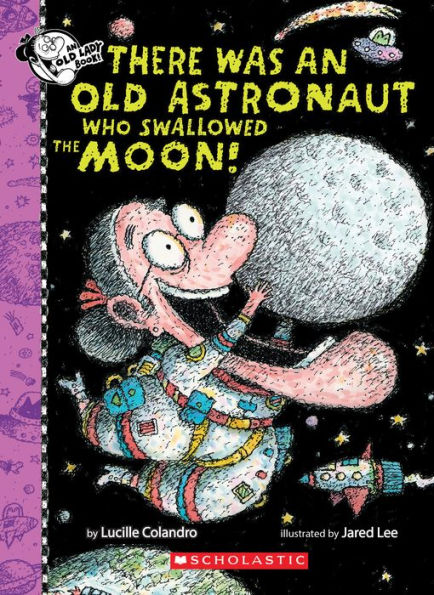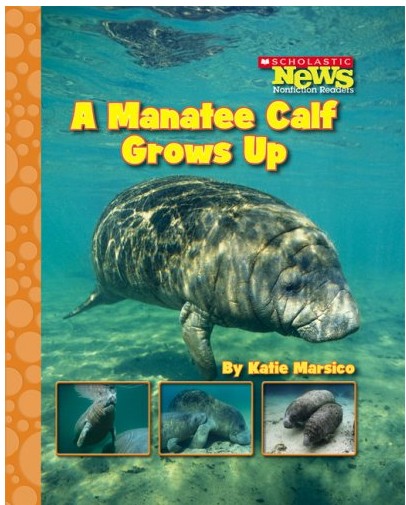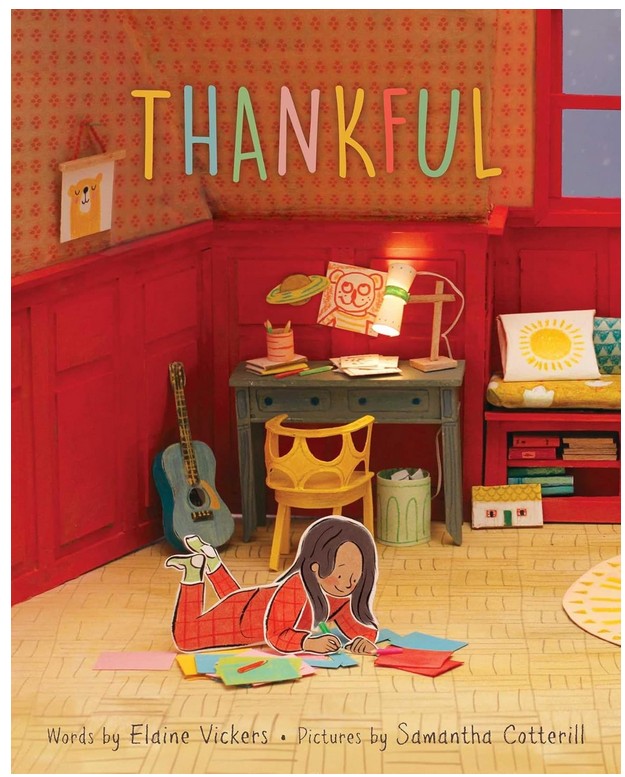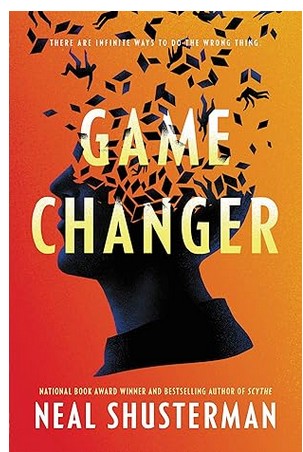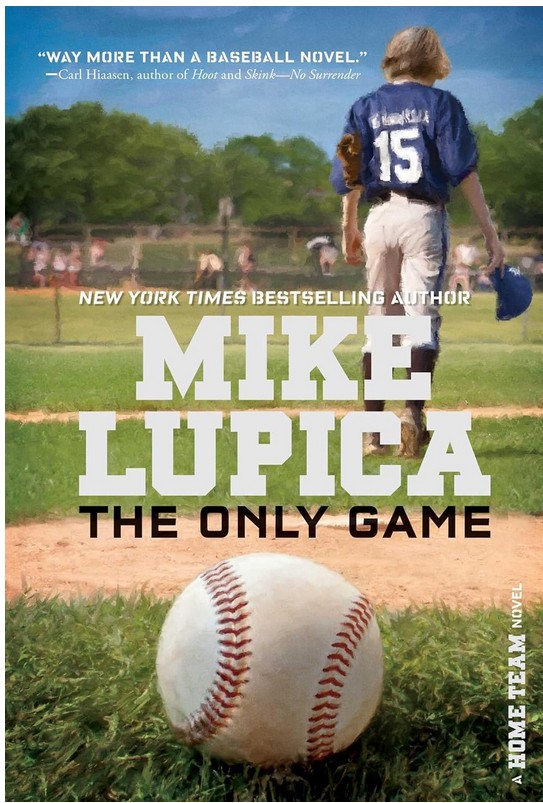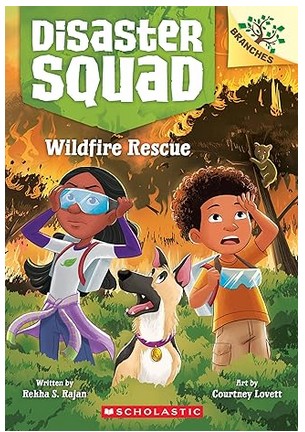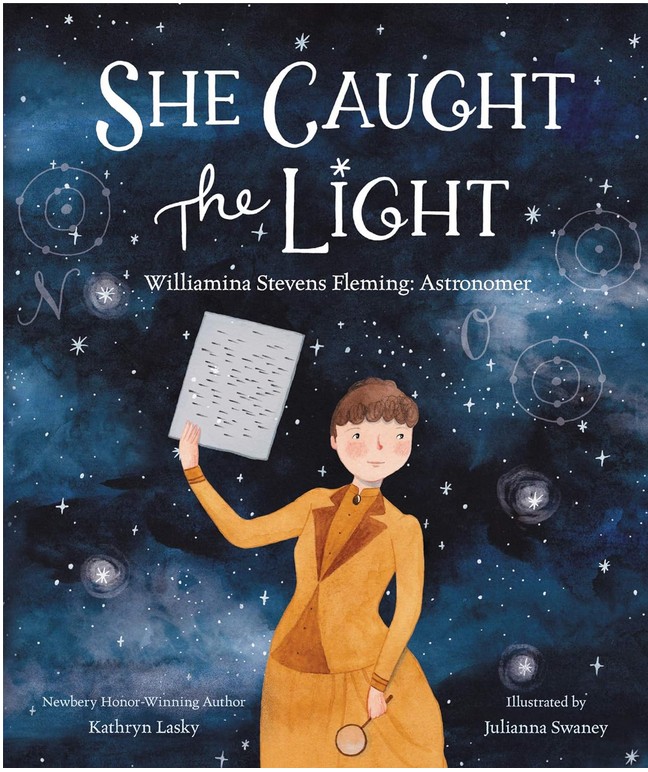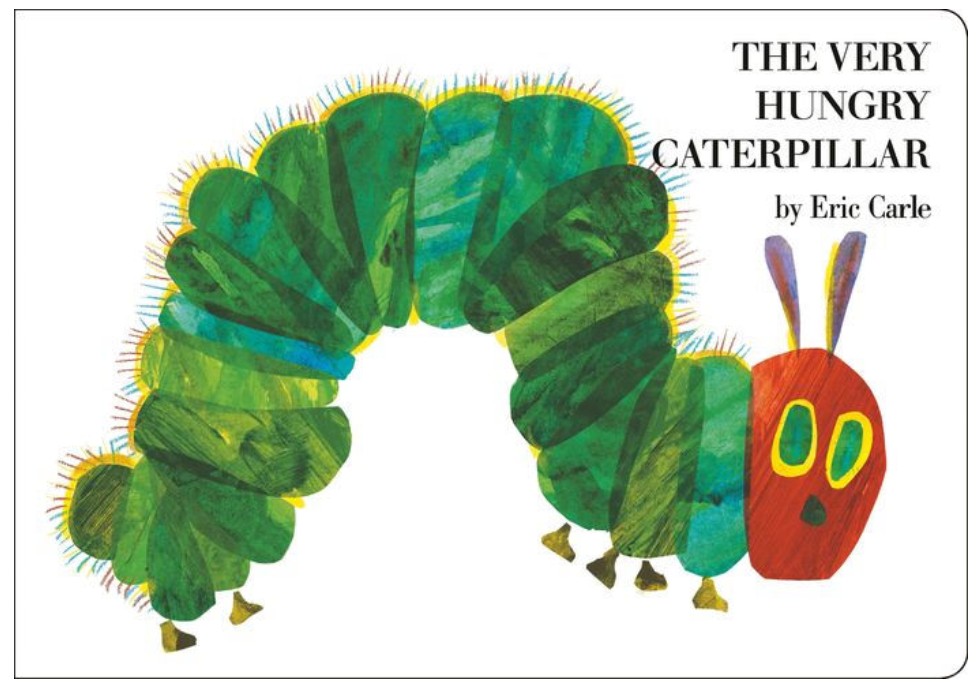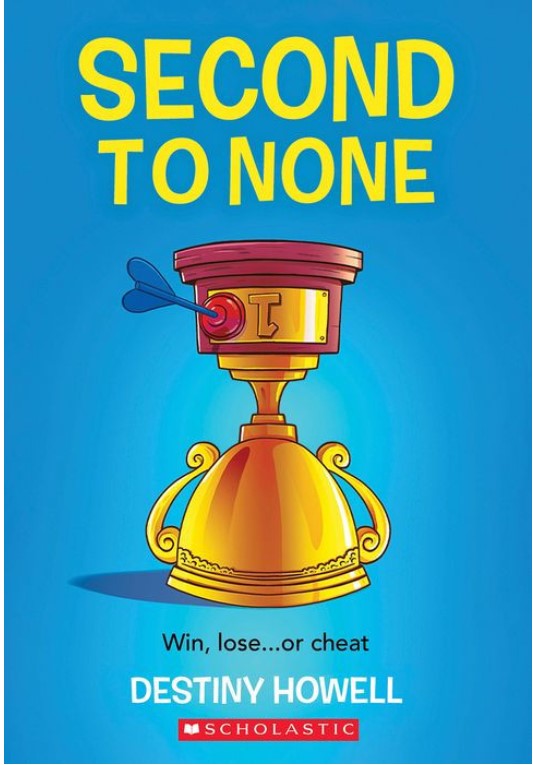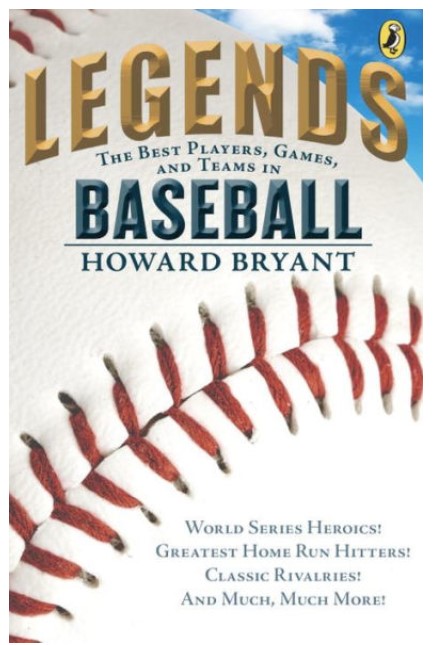What do you do with a problem? Especially one that follows you around and doesn’t seem to be going away? Do you worry about it? Ignore it? Do you run and hide from it?
This is the story of a persistent problem and the child who isn’t so sure what to make of it. The longer the problem is avoided, the bigger it seems to get. But when the child finally musters up the courage to face it, the problem turns out to be something quite different than expected.
This picture book gives a problem the form of a black cloud that grows larger and stormier as the story progresses. The beginning of the book uses dark shades that are predominantly dark and gloomy. The unnamed boy’s worry is apparent because of his facial expression and body language. At one point, the boy wonders, “What if it takes away all of my things?” The illustration shows the boy trying to protect his toys and stuffed animals.
Everyone can relate to the boy, who tries to run from a problem. What Do You Do With A Problem shows the importance of tackling problems by coming up with a plan to overcome them. Eventually, the boy jumps into the dark cloud and discovers that the problem “had something beautiful inside. My problem held an opportunity! It was an opportunity for me to learn and to grow. To be brave. To do something.”
While What Do You Do With A Problem has a positive message about overcoming obstacles, the problem and the solution are vague and illustrated with abstract ideas that show the boy’s emotion, rather than an actual solution. Despite this, the story would make an excellent conversation starter about different ways to approach a problem.
Even though What Do You Do With A Problem is a picture book, the story is intended to be read aloud to a child, rather than for the child to read it for the first time independently. Each two-page spread has 1 to 4 sentences. Detailed, interesting illustrations and a conflict that everyone can relate to make What Do You Do With A Problem a wonderful book to read with children. The story’s conclusion leaves the reader with this thought: “Every problem has an opportunity for something good. You just have to look for it.”
Sexual Content
- None
Violence
- None
Drugs and Alcohol
- None
Language
- None
Supernatural
- None
Spiritual Content
- None
